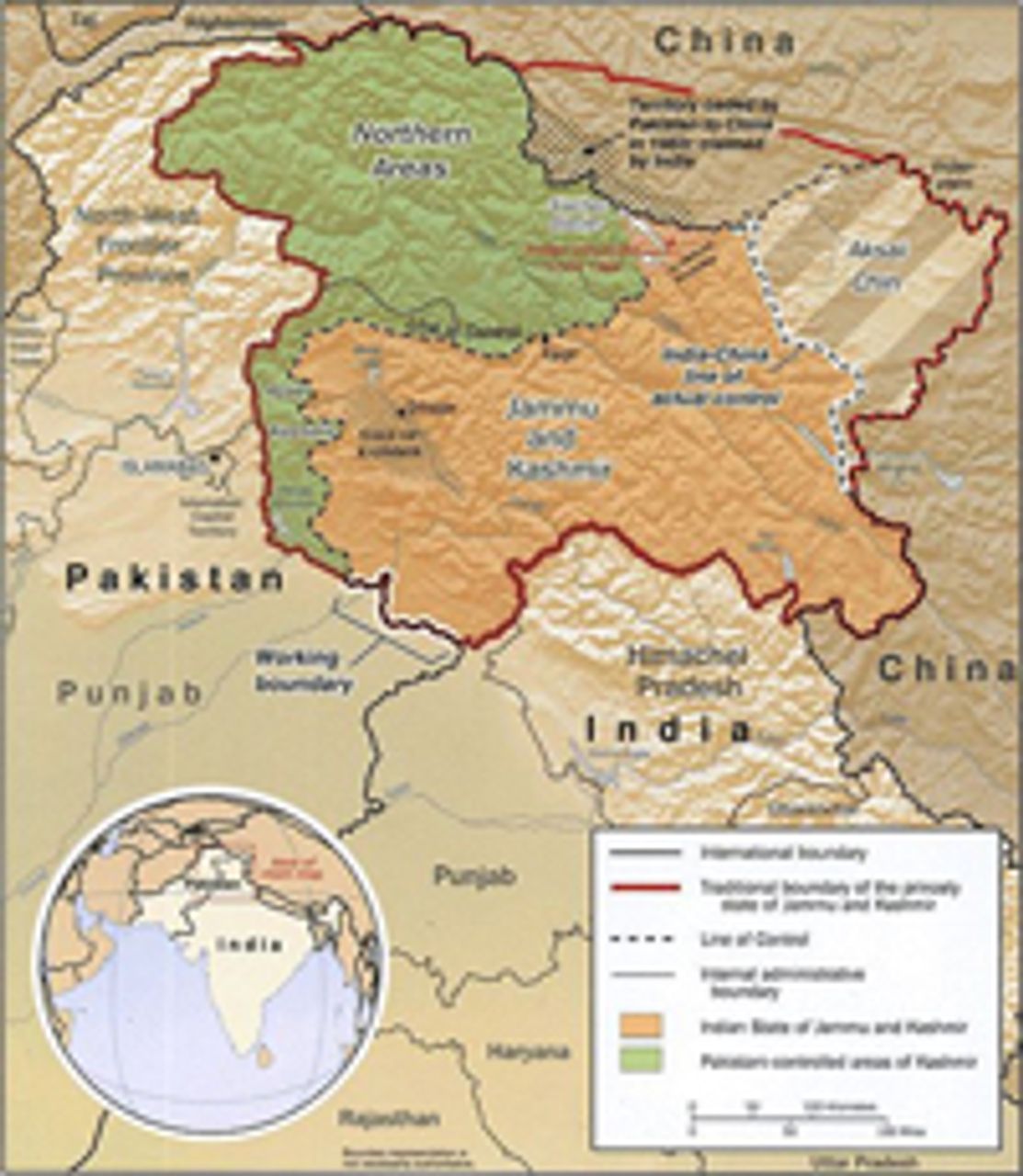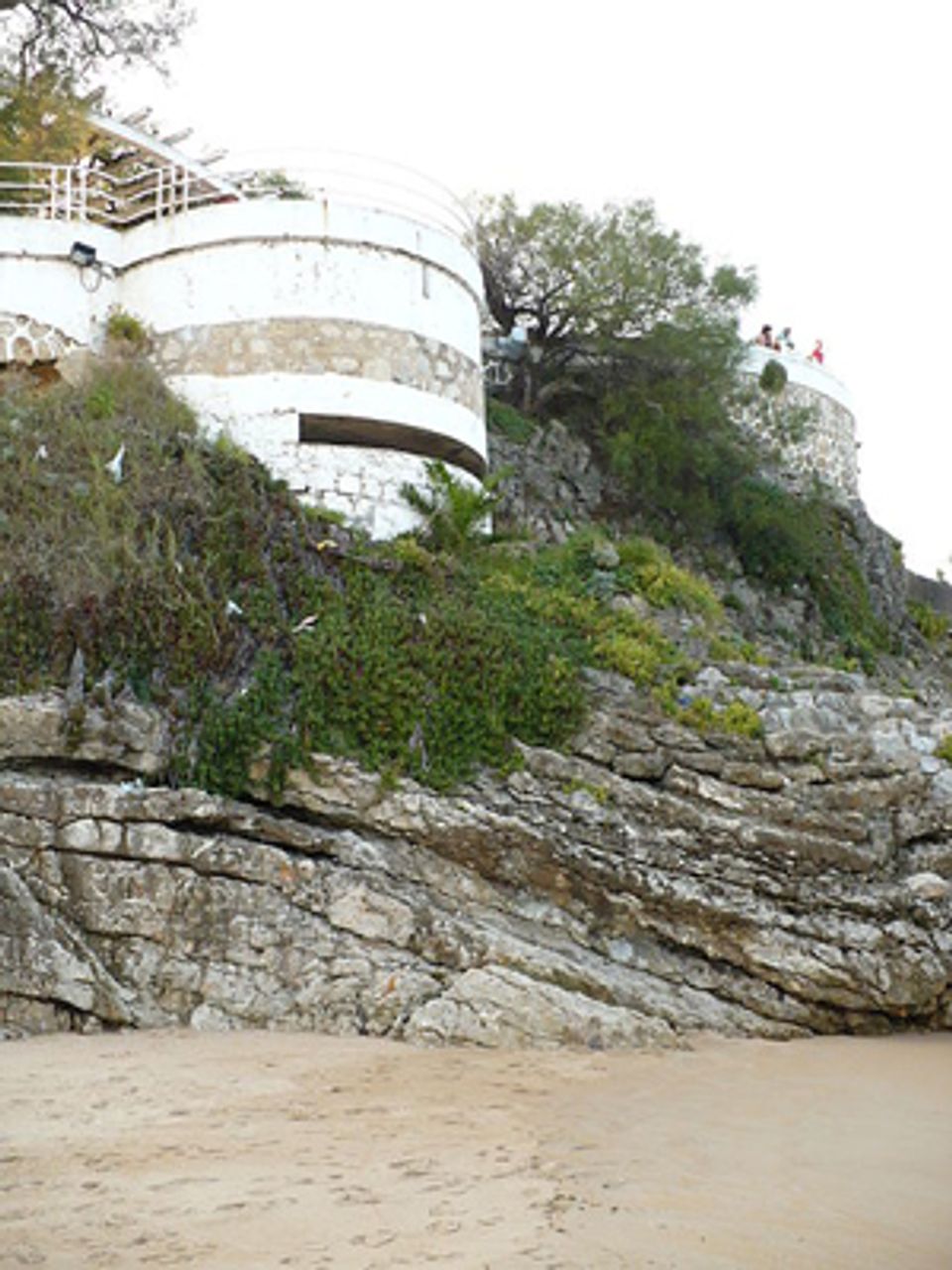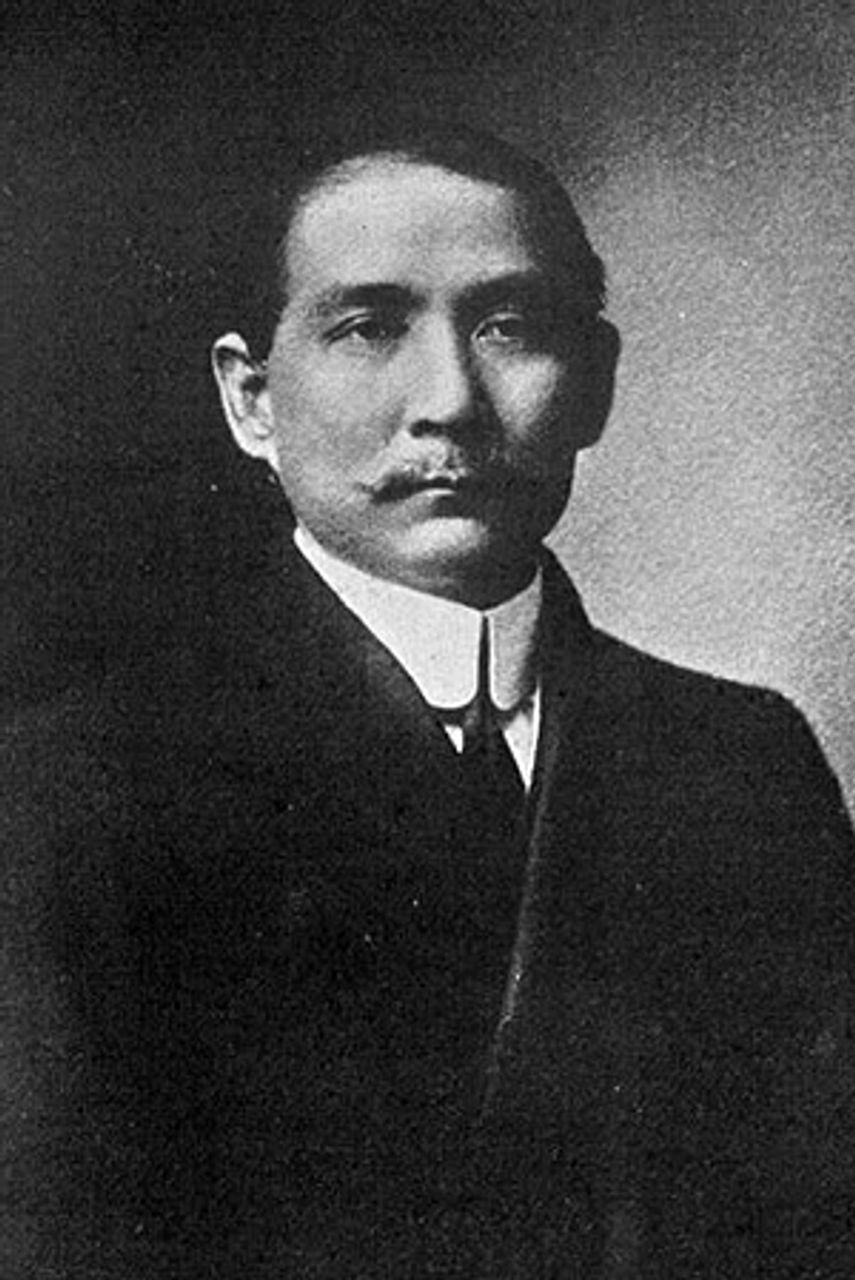This Week in History provides brief synopses of important historical events whose anniversaries fall this week.
25 Years Ago | 50 Years Ago | 75 Years Ago | 100 Years Ago
25 years ago: Worker killed in South Korea strike wave
On August 23, 1987, 22-year old Daewoo shipyard worker Lee Sok Kyu was killed in a battle with police during the continuing South Korean strike wave. His lungs were punctured by shrapnel from a police teargas canister. After a week of clashes during talks with Daewoo and union negotiators, the company closed the shipyard on the southern island of Koje when workers rejected the agreement. Thousands of workers took to the streets in protest of the closure.
Lee was the first worker killed in the weeks-long strike wave in South Korea. Hundreds of thousands of workers defied the US-backed dictatorship of Chun Doo Hwan and challenged the slave-wage capitalism imposed on them by the regime.
As Gen. Chun and police warned that “leftists” instigated the strike wave, bus drivers in Seoul walked of the job in defiance of a wage settlement imposed by the government. The death of Lee provoked a massive outcry of protest among workers, with street demonstrations that reportedly initially prevented the authorities from conducting the autopsy.
The upheaval in the working class threatened the plans of the South Korean dictatorship, and its backers in the US Reagan administration, for a controlled transition from open military rule to a “democratic” fig leaf. Before the strikes erupted, Chun had already nominated Roh Tae Woo to be the candidate of the military-backed Democratic Justice Party, and Chun himself resigned as head of the party in July 1987, beginning the transfer of political power to his chosen successor.
50 years ago: China and India to the brink of war
 CIA map of disputed border area
CIA map of disputed border areaOn August 26, 1962, China accused India of firing on its troops three times over the previous five days in the disputed Himalayan border region between the world’s two most populous countries. Days earlier Indian Prime Minister Jawaharlal Nehru accused Chinese troops of firing on Indian soldiers in the Ladakh border area of the Aksai Chin region, claimed by India as part of Kashmir. The two countries also disputed territory on the eastern border in the present Indian state of Arunachal Pradesh.
India accused China of illegally occupying thousands of square kilometers of land in the border region, but the Nehru government insisted on a total Chinese withdrawal prior to any negotiations. India sought a border with China that corresponded with the McMahon Line, drawn up in 1914 between the British Raj and Tibet in the era of British imperialist domination of the region. Early in 1962 New Delhi began to send soldiers to positions behind Chinese lines and north of the McMahon Line in what was dubbed its “Forward Policy.” India had been emboldened by the rift in relations between China and the Soviet Union, which saw Moscow cultivate close military and economic ties with New Delhi as a means of applying pressure to Beijing.
The episode marked a further deterioration in relations between the two states who in 1954 had agreed to the “Five Principles of Peaceful Coexistence,” with Nehru adopting the slogan of Hindi-Chini bhai-bhai, “Indians and Chinese are brothers.”
Relations suffered a blow when in 1959 Nehru welcomed to India the Dalai Lama—former feudal lord of Tibet and titular head of Tibetan Buddhism — to India after Beijing defeated an uprising against its control in Tibet.
75 years ago: Basque Nationalists capitulate to Franco
 Spanish Civil War machine-gun nest at Piquío,
Spanish Civil War machine-gun nest at Piquío, El Sardinero, Santander
On August 24, 1937 the Spanish Republican defense of the entire Basque territory was left in disarray when the Basque Nationalist Party (PNV), behind the back of the Republican government, surrendered to Italian forces in Santona, Cantabria.
The PNV leaders fled by air to France leaving the Basque nationalist forces defending Santander to lay down their arms to Italian commanders. The “Santona Agreement” was supposed to guarantee the surrendering Basque army POW status under Italian guard. But once Franco got word of the nature of the surrender, he immediately rescinded terms and executions would subsequently decimate Republican prisoners.
On August 25 the Basque port city of Santander was abandoned by Republican forces without so much as a defensive shot being fired. The remaining Republican forces who did not surrender retreated in disarray westward towards Asturias, abandoning en route easily defensible high ground.
On August 26 the Spanish Nationalist general Davila rode horseback into the center of Santander accompanied by a parade of Nationalist units. Davila appeared on the balcony of Santander Town Hall as a band played “Marcha Real.” The Times of London reported that part of the parade was comprised of a forced march of captured Republican militia adding “a Roman flavour to the triumph.”
Italian newspapers celebrated the prominent role played by Mussolini’s troops during the fall of Santander. Franco voiced thanks for Italian assistance in the capture of Santander “in the name of Western civilisation one of the most brilliant victories of this war against Asiatic barbarity.”
100 years ago: Kuomintang founded
 Sun Yat-sen
Sun Yat-senThe Kuomintang (KMT), long the principal party of the Chinese bourgeoisie, was established on August 25, 1912 in Beijing. Sun Yat-Sen was chosen as the party chairman. The Kuomintang is the oldest party in China and is currently the ruling party in Taiwan.
Sun had founded Sing Hun Fu, a party almost exclusively bourgeois, in 1894, and then in 1905 the Tung Men Fu, which sought support from the peasantry. Before the Xinhai Revolution in 1911 which overthrew the Qing Dynasty, Sun laid the foundations for the KMT, orienting to the intelligentsia, the liberal bourgeoisie, urban petty bourgeoisie and to a lesser extent, the proletariat and peasantry.
The KMT’s three anti-imperialist slogans were Nationalism, Democracy and State Socialism. Trotsky stated that “taken together they represent a nebulous petty-bourgeois ‘socialism’”.
Despite a nominally “Left” majority, which drew its support from workers, peasants and the urban poor, the KMT was led by a right-wing bourgeois minority, closely tied to the military.
The issues confronting China were national unification, independence from divisions created by warlords and imperialist powers, agrarian reforms for the millions of peasants and an end to semi-feudal exploitation.
While these comprised the democratic tasks of the bourgeois revolution in China, the Chinese bourgeoisie was incapable, from the onset of the revolution, of carrying them out. The bourgeoisie was too closely tied to imperialism, through the so-called compradors, the Chinese agents of Western capital, and to the dominant class of landlords in the countryside.
As Leon Trotsky recognized in this theory of Permanent Revolution, only the proletariat in China, despite its comparatively small size, could lead the vast peasantry in a revolutionary struggle against landlordism, warlordism and imperialism. This truth was confirmed repeatedly in the course of the Chinese Revolution, most tragically in the massacres of 1927, perpetrated by the Kuomintang itself after its armies entered Shanghai.
